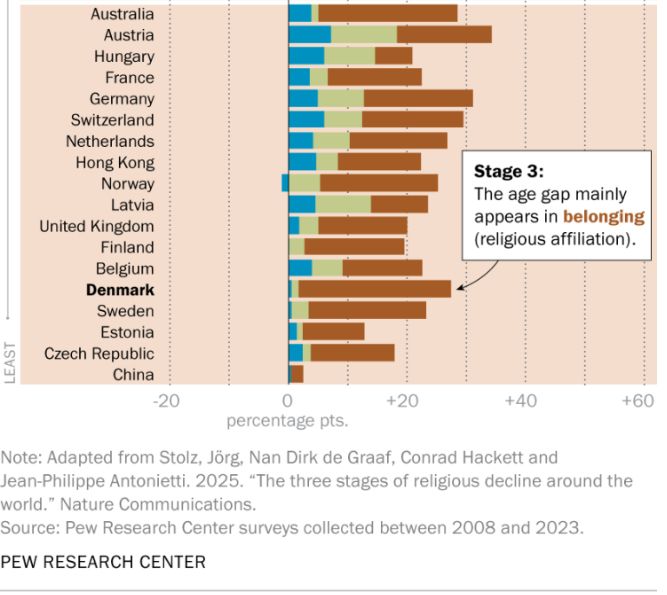Teemu Taira
@teemutaira.bsky.social
550 followers
400 following
140 posts
Senior Lecturer in the Study of Religion. Researching public discourses on religion; atheism and nonreligion; religion and news media; methodology. Author of Taking "Religion" Seriously (2022) and other books.
https://teemutaira.wordpress.com
Posts
Media
Videos
Starter Packs
Reposted by Teemu Taira
Teemu Taira
@teemutaira.bsky.social
· Sep 2

2025 Nonreligion and Secularity Research Network Conference
Nonreligion and Secularity at Cultural Crossroads 8-10 September 2025 Venue: Comenius University in Bratislava, Faculty of Natural Sciences, Ilkovicova 6, Bratislava, Conference Book of Abstracts c…
thensrn.org
Teemu Taira
@teemutaira.bsky.social
· Aug 27
Reposted by Teemu Taira
Conrad Hackett
@conradhackett.bsky.social
· Aug 24
Reposted by Teemu Taira
Teemu Taira
@teemutaira.bsky.social
· Aug 14
Teemu Taira
@teemutaira.bsky.social
· Aug 9
Teemu Taira
@teemutaira.bsky.social
· Aug 8





















